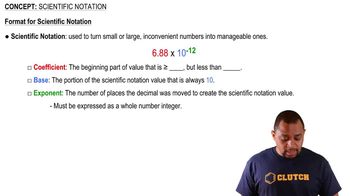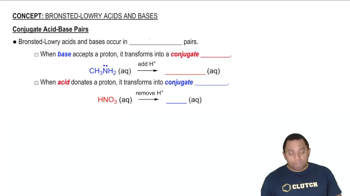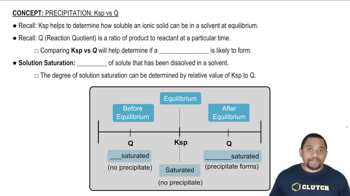The following statements pertain to the development of the theory of combustion by the French chemist Lavoisier in the eighteenth century. Match the statement with the appro-priate step (observation, hypothesis, experiment designed to test hypothesis) in the scientific method (b) Oxygen gas combines with a substance during its combustion.
The following statements pertain to the development of the theory of the structure of DNA. Match the statement with the appropriate step (observation, hypothesis, experiment designed to test hypothesis) in the scientific method. (b) In a sample of DNA, there are equal amounts of the bases A and T and equal amounts of the bases C and G.
 Verified step by step guidance
Verified step by step guidance
Verified video answer for a similar problem:
Key Concepts
Scientific Method

Base Pairing in DNA

Observation vs. Hypothesis

The following statements pertain to the development of the theory of combustion by the French chemist Lavoisier in the eighteenth century. Match the statement with the appro-priate step (observation, hypothesis, experiment designed to test hypothesis) in the scientific method (c) Combustion of a metal in a closed container ceases after a length of time.
The following statements pertain to the development of the theory of the structure of DNA. Match the statement with the appropriate step (observation, hypothesis, experiment designed to test hypothesis) in the scientific method. (a) Two strands of DNA wind around one another in a helical structure.
The following statements pertain to the development of the theory of the structure of DNA. Match the statement with the appropriate step (observation, hypothesis, experiment designed to test hypothesis) in the scientific method. (c) Direct X rays at a sample of crystallized DNA, and inter-pret the diffraction pattern for structural information.
